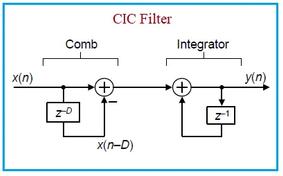Microstrip Resonator Basics and Types
Advertisement
This article delves into the world of microstrip resonators, covering their fundamentals and various types. We’ll explore open-end resonators, stub resonators, ring resonators, and dielectric resonators.

Figure 1 illustrates different kinds of microstrip resonators. As we know, boundary conditions dictate that circuits resonate at specific frequencies.
Open-end resonators and stub resonators exhibit a voltage wave maximum at their open edges. Consequently, resonance occurs for an open-end resonator when the following condition is met:
l = n *(1/2)*λg , where n = 1, 2, 3…
For an open stub resonator, resonance is achieved when:
l = n *(1/4) * λg , where n = 1, 2, 3…
For a ring resonator, the condition for resonance is:
2 * π * r = n * λg , where n = 1, 2, 3…
The resonant frequencies can be determined using the following equation:
One key application of resonators is in the design of filters.
There are four primary types of filters:
- LPF (Low Pass Filter)
- HPF (High Pass Filter)
- BPF (Band Pass Filter)
- BSF (Band Stop Filter)
Advertisement
 RF
RF



